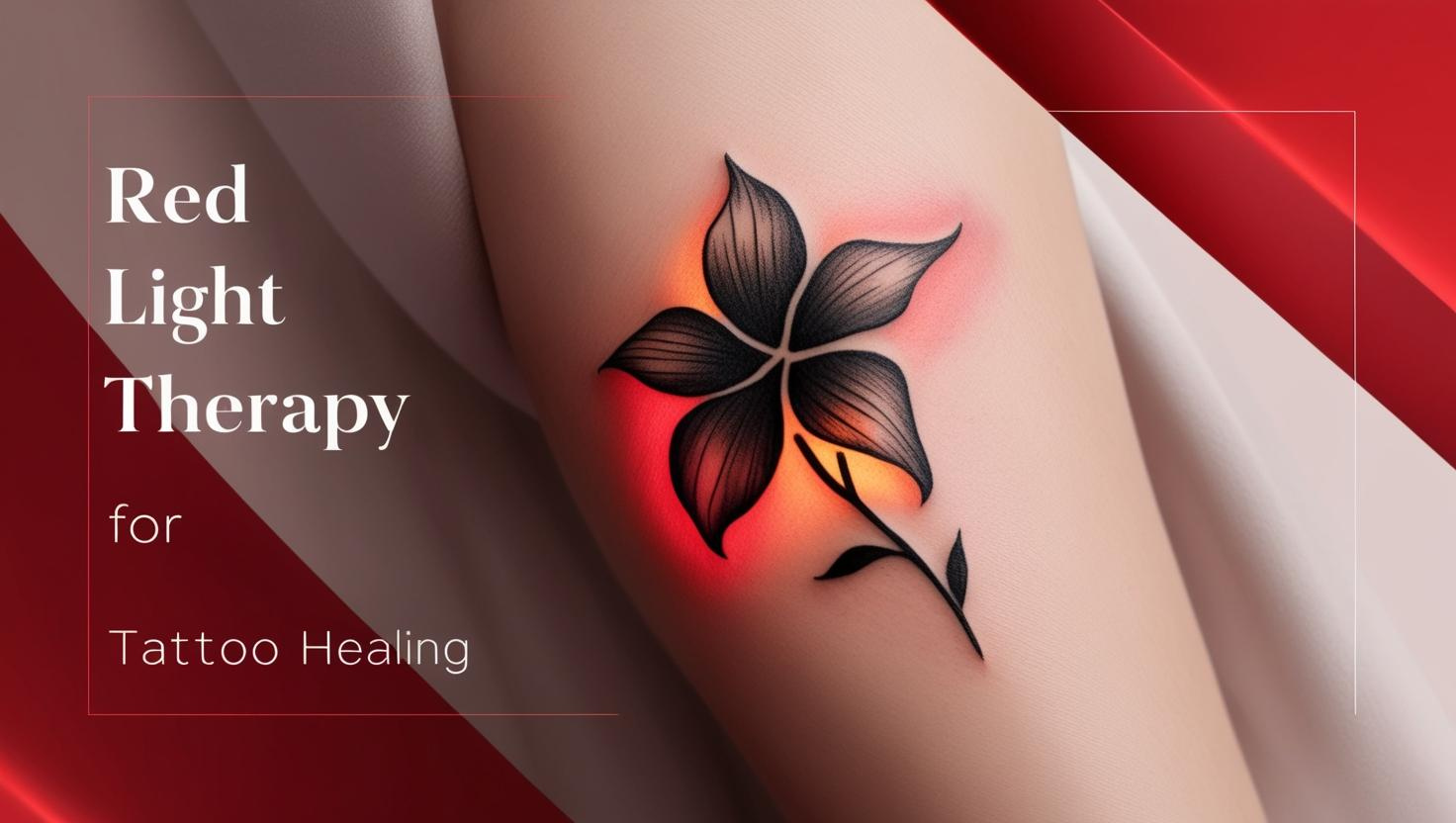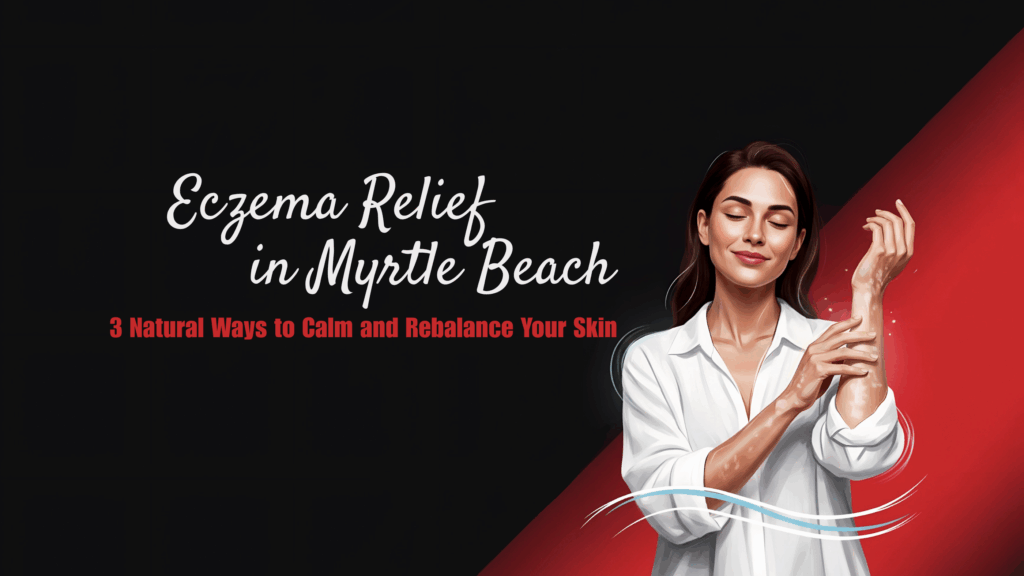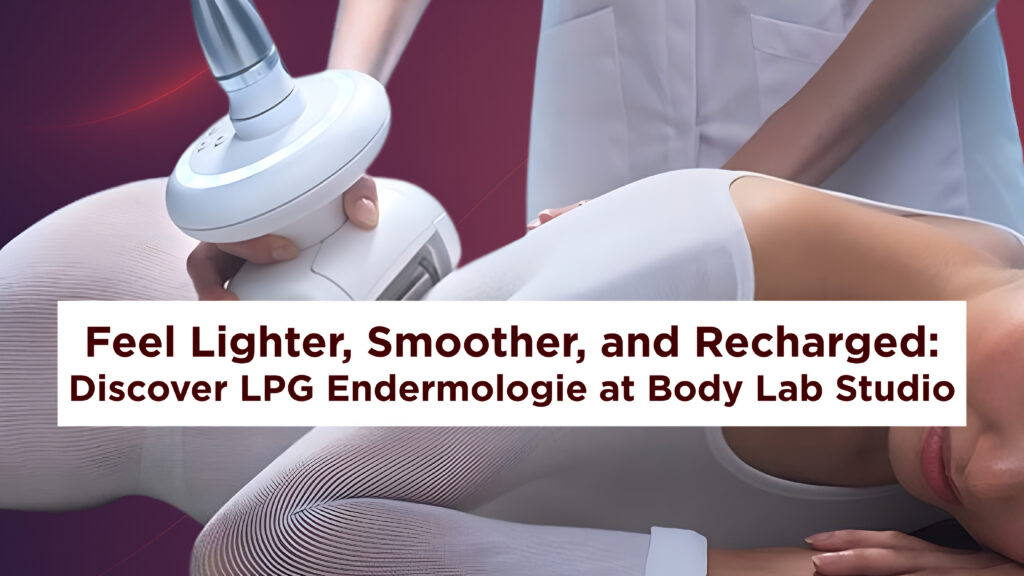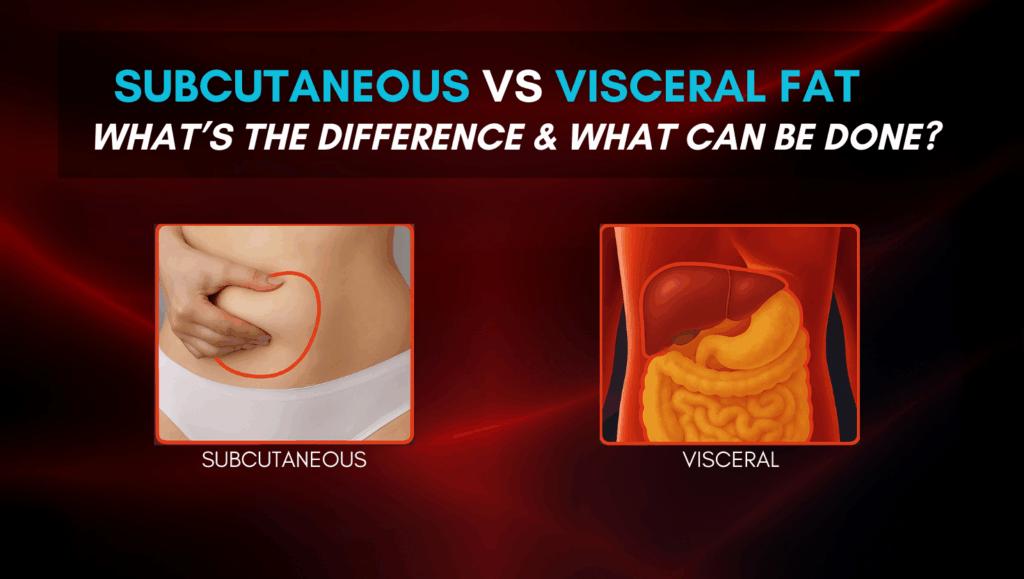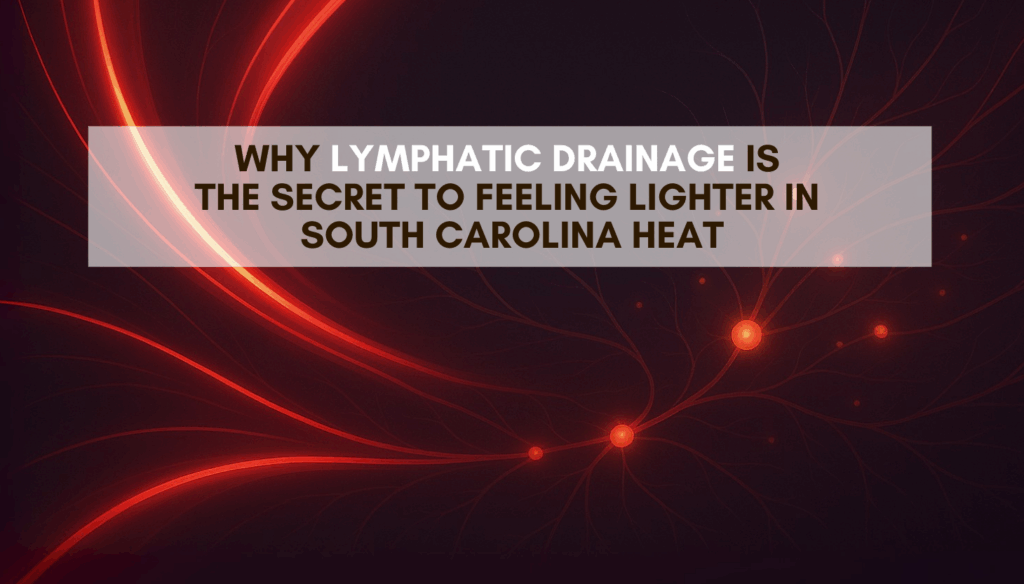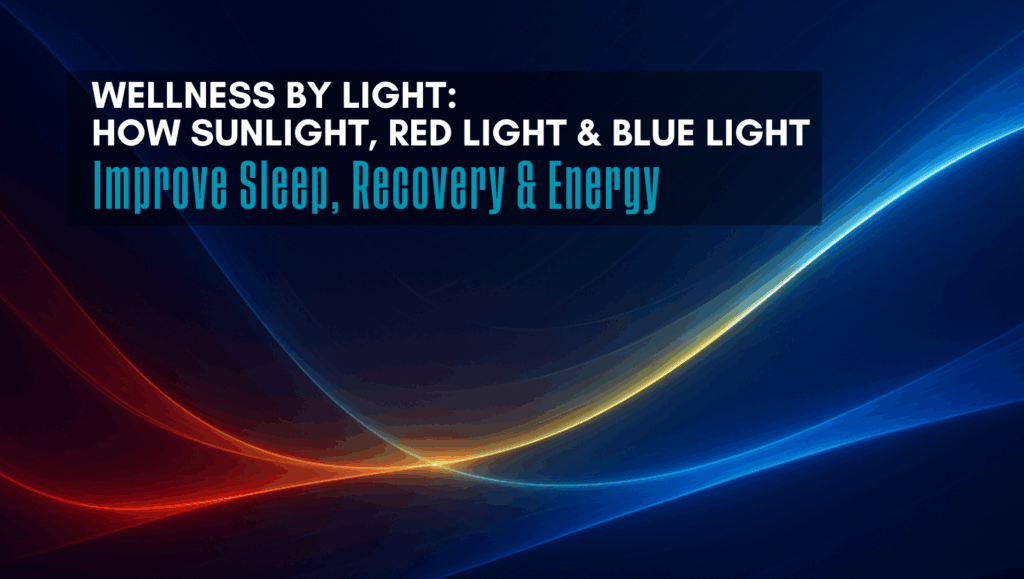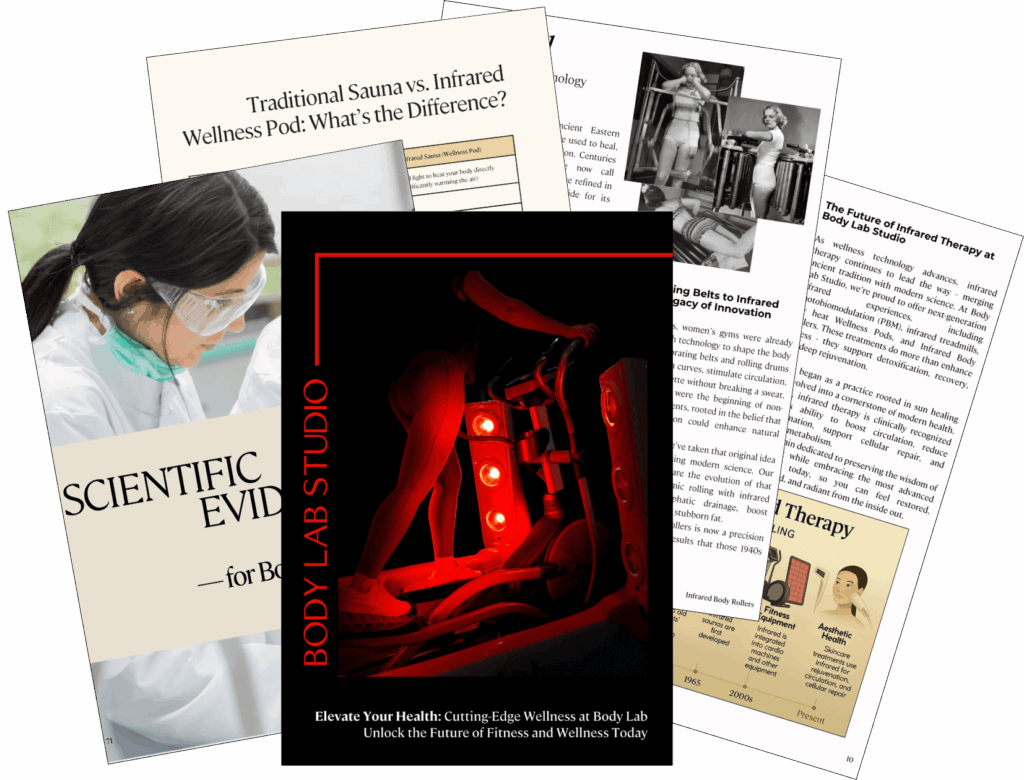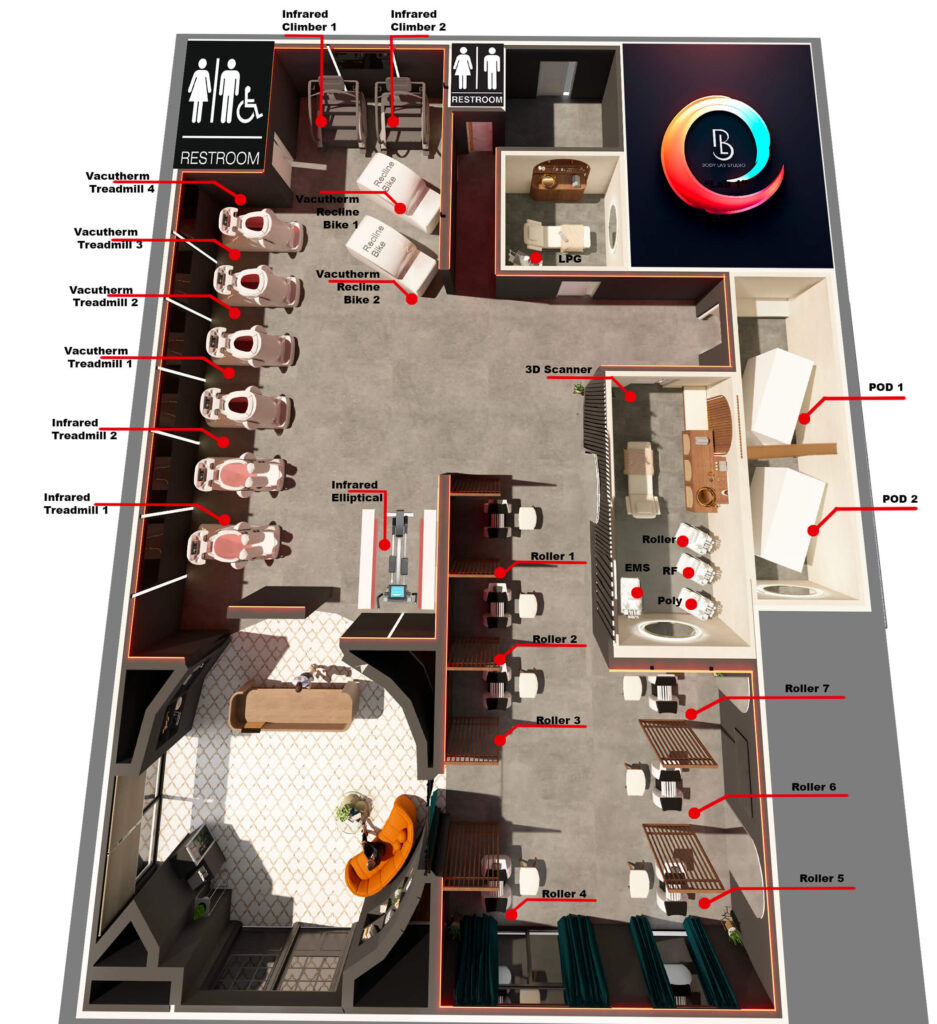Why Red Light Therapy for Tattoo Healing?
You’ve just walked out of the studio, skin still buzzing, that fresh tattoo glowing with meaning. It is more than just ink; it is a narrative, a moment, or something that you have chosen. Now comes the part no one gets too excited about: the healing. And yeah, we’ve heard it at Body Lab Studio a hundred times –“I just want it to heal fast and stay looking sharp.”
We get it. You don’t want to deal with weeks of irritation or fading color. You want that bold, crisp look to last. That’s exactly why so many of our clients are turning to POLY red light therapy.
POLY works quietly behind the scenes, reducing inflammation, speeding up recovery, and helping your skin hold onto that color like it was meant to. It’s like giving your tattoo the VIP treatment it deserves.
Healing doesn’t have to be a hassle. Let your tattoo thrive from day one with a little help from red light.
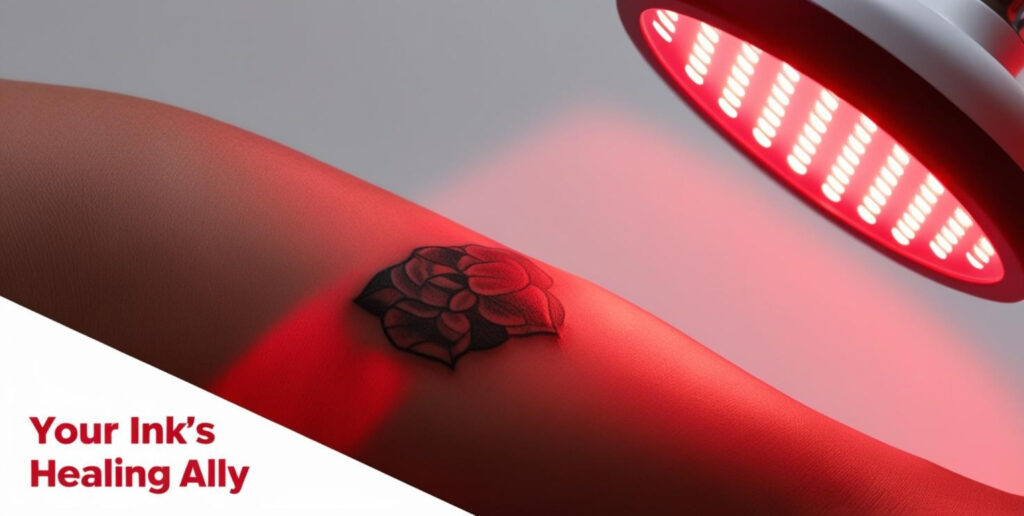
How Red Light Therapy Works
So, what actually makes POLY red light therapy work? It’s not magic, it’s light doing what it does best: helping your body heal itself. POLY sends gentle, healing wavelengths into your skin, nudging your cells to do what they already know how to do – just faster.
There’s real science behind it, too. One review from Seminars in Cutaneous Medicine and Surgery (2013) found that red light therapy can cut inflammation by up to 40%. That means less swelling, quicker healing, and better protection for your ink’s color and detail while your skin recovers.
Clients at Body Lab Studio often tell us how much smoother their healing felt less irritation, more comfort, and results that really hold up.
Wondering how it fits into your own aftercare routine? Let’s take a look.
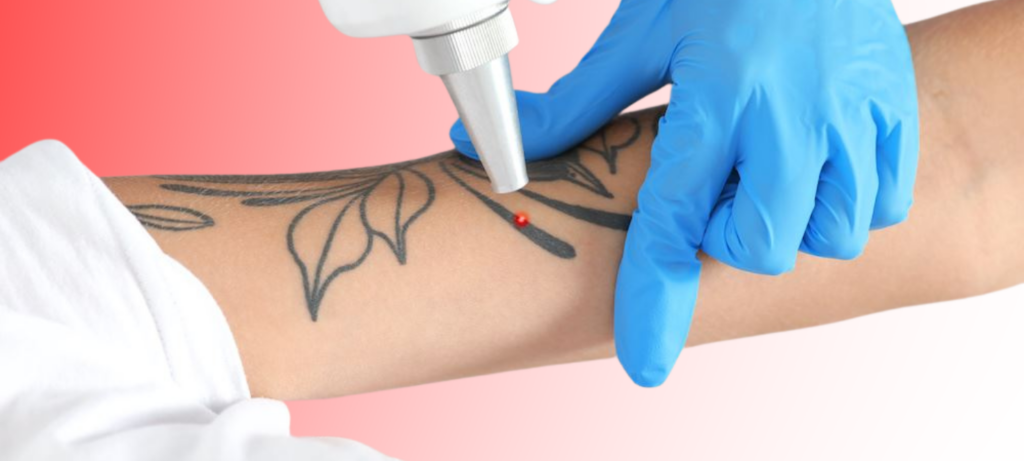
Why Tattoos Need Extra Support
Getting a tattoo is exciting, but what happens after matters just as much. People ask us all the time how to heal quickly without the usual irritation. Naturally, where the details should remain sharp, no one wants scabs, flaking, or faded spots.
Inflammation plays a big role here. When it lingers, your skin takes longer to bounce back. Research shows that too much redness slows down how your cells repair themselves, which can quietly chip away at the vibrancy of your design.
Red light therapy can help—it encourages calm beneath the surface. But to really protect your tattoo, it works best as part of a bigger picture. The little steps you take every day can make a huge difference.
We’ve seen what works. Want to know how to care for your ink like it matters? Keep reading.
Tattoo Care Tips for Faster Healing
Healing your tattoo doesn’t have to be stressful. At Body Lab Studio, we keep things simple and effective. Here’s how we guide our clients through aftercare that works.
Clean gently
Use a mild, fragrance-free soap to wash the area. Rinse with cool or lukewarm water and pat your skin dry with a clean towel. No rubbing, just a soft touch.
Moisturize smart
A thin layer of unscented lotion helps prevent dryness and peeling. Your skin needs moisture to stay comfortable and recover well, but too much can clog things up—so less is more.
Let red light therapy do the work
POLY red light therapy gives your skin the boost it needs to heal. Just a few minutes a day can help calm irritation and speed up the recovery process. Many clients start noticing improvements in the first week, though long-term benefits keep building over time.
Studies show that red light therapy supports collagen production and cellular repair, which helps your tattoo stay bold and bright as it heals. We personalize every session based on your tattoo, your skin, and your goals because every healing journey is a little different.
Keep Your Ink Vibrant with Body Lab Studio
Imagine your tattoo fully healed. The lines are crisp, the colors stay bold, and nothing looks faded or patchy. That kind of result doesn’t just happen on its own. With POLY red light therapy, you’re giving your skin extra support to heal faster and more comfortably. It’s grounded in real science and trusted by people who care about how their tattoos turn out.
You’ve already taken the step to get something meaningful. Now it’s about protecting it. Red light therapy helps ease irritation and speeds up recovery, which means your tattoo can stay as vibrant as it was on day one.
If you’re ready to give your ink the aftercare it deserves, we’re here for you. Reach out to Body Lab Studio for expert guidance and healing that works. Your tattoo has a story. Let’s keep it looking as powerful as the day it began.
REFERENCE
While direct studies on red light therapy (RLT) specifically for tattoo healing are limited, existing research on RLT’s effects on skin repair and wound healing suggests potential benefits for tattoo aftercare. Here are five relevant studies:
- Barolet, D., & Boucher, A. (2010). Prophylactic low-level light therapy for the treatment of hypertrophic scars and keloids: A case series. Lasers in Surgery and Medicine, 42(6), 597–601.
This case series examined the use of low-level light therapy (LLLT) in preventing hypertrophic scars and keloids in patients undergoing surgery. The results indicated that LLLT applied prophylactically reduced the incidence of abnormal scarring, suggesting its potential in improving wound healing outcomes. - Avci, P., Gupta, A., Sadasivam, M., Vecchio, D., Pam, Z., Pam, N., & Hamblin, M. R. (2013). Low-level laser (light) therapy (LLLT) in skin: Stimulating, healing, restoring. Seminars in Cutaneous Medicine and Surgery, 32(1), 41–52.
This comprehensive review discusses the mechanisms by which LLLT stimulates various biological processes, including increased collagen production and enhanced angiogenesis. These effects contribute to improved wound healing and tissue repair, which are beneficial in the context of tattoo healing. - Enwemeka, C. S., Parker, J. C., Dowdy, D. S., Harkness, E. E., Sanford, L. E., & Woodruff, L. D. (2004). The efficacy of low-power lasers in tissue repair and pain control: A meta-analysis study. Photomedicine and Laser Surgery, 22(4), 323–329.
This meta-analysis evaluated multiple studies on the efficacy of low-power lasers in tissue repair and pain management. The findings suggest that LLLT significantly accelerates wound healing and reduces pain, supporting its use in managing post-tattooing discomfort and promoting faster recovery. - Mignon, C., Botchkareva, N. V., Uzunbajakava, N. E., & Tobin, D. J. (2016). Differential effect of red and near-infrared light on the expression of genes associated with inflammation, fibroblast proliferation, and migration. Scientific Reports, 6, 30517.
This study investigated the effects of red and near-infrared light on gene expression related to inflammation and fibroblast activity. Results showed that red light modulates the expression of genes involved in inflammation and tissue remodeling, indicating its potential to enhance wound healing and reduce inflammatory responses.
Alghamdi, K. M., Kumar, A., & Moussa, N. A. (2012). Low-level laser therapy: A useful technique for enhancing the proliferation of various cultured cells. Lasers in Medical Science, 27(1), 237–249.
This research focused on the impact of low-level laser therapy on the proliferation of different cell types in culture. The study concluded that LLLT promotes cell proliferation, which is essential for tissue regeneration and repair processes, thereby supporting its application in accelerating tattoo wound healing.

